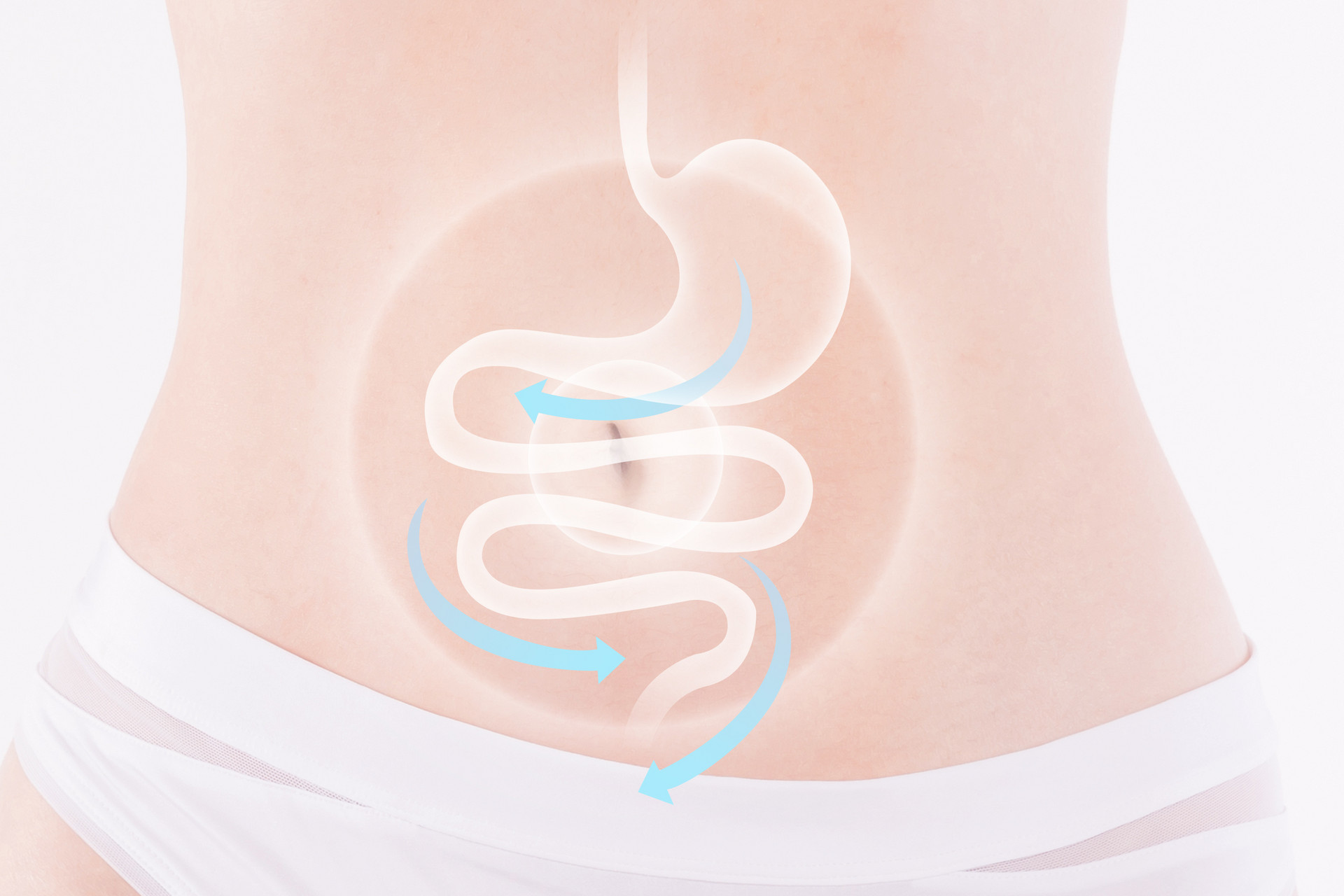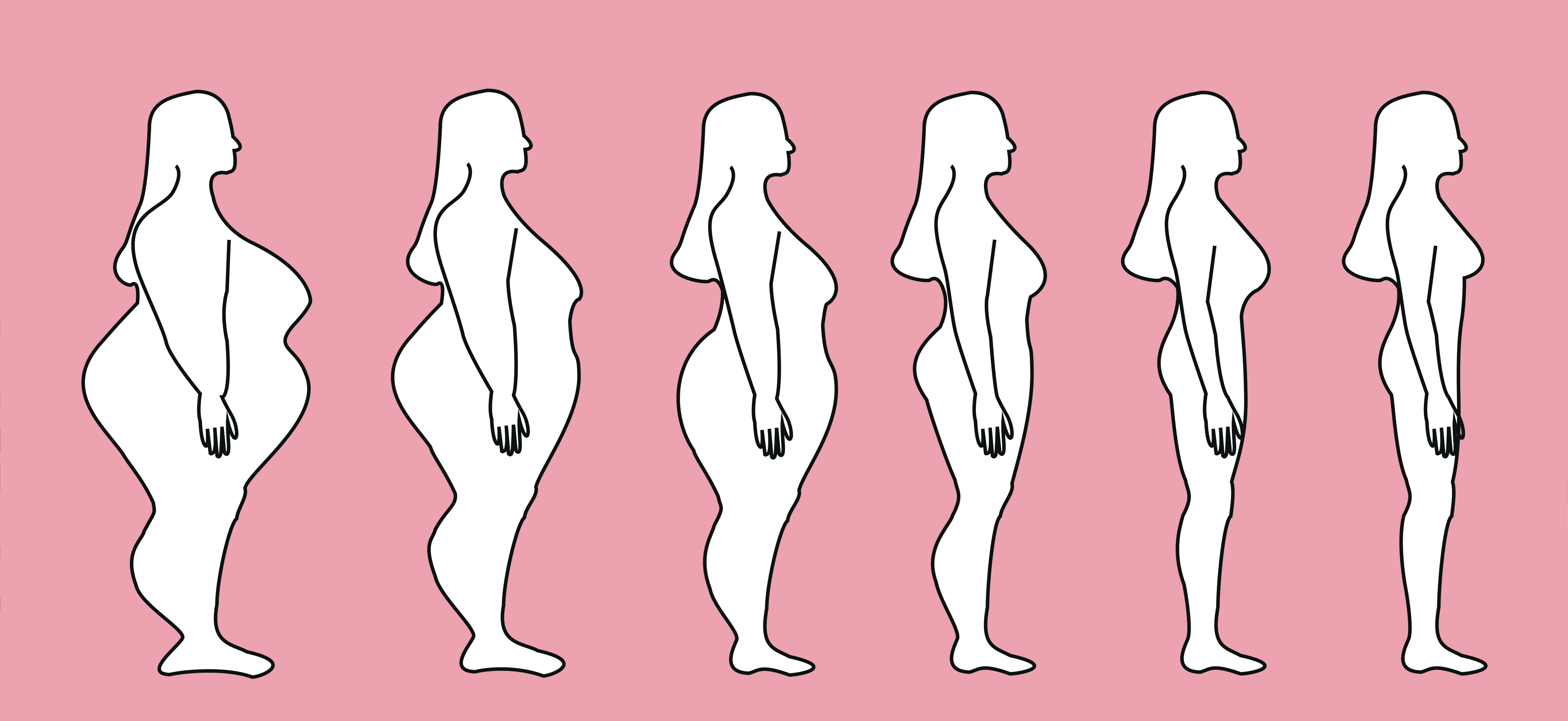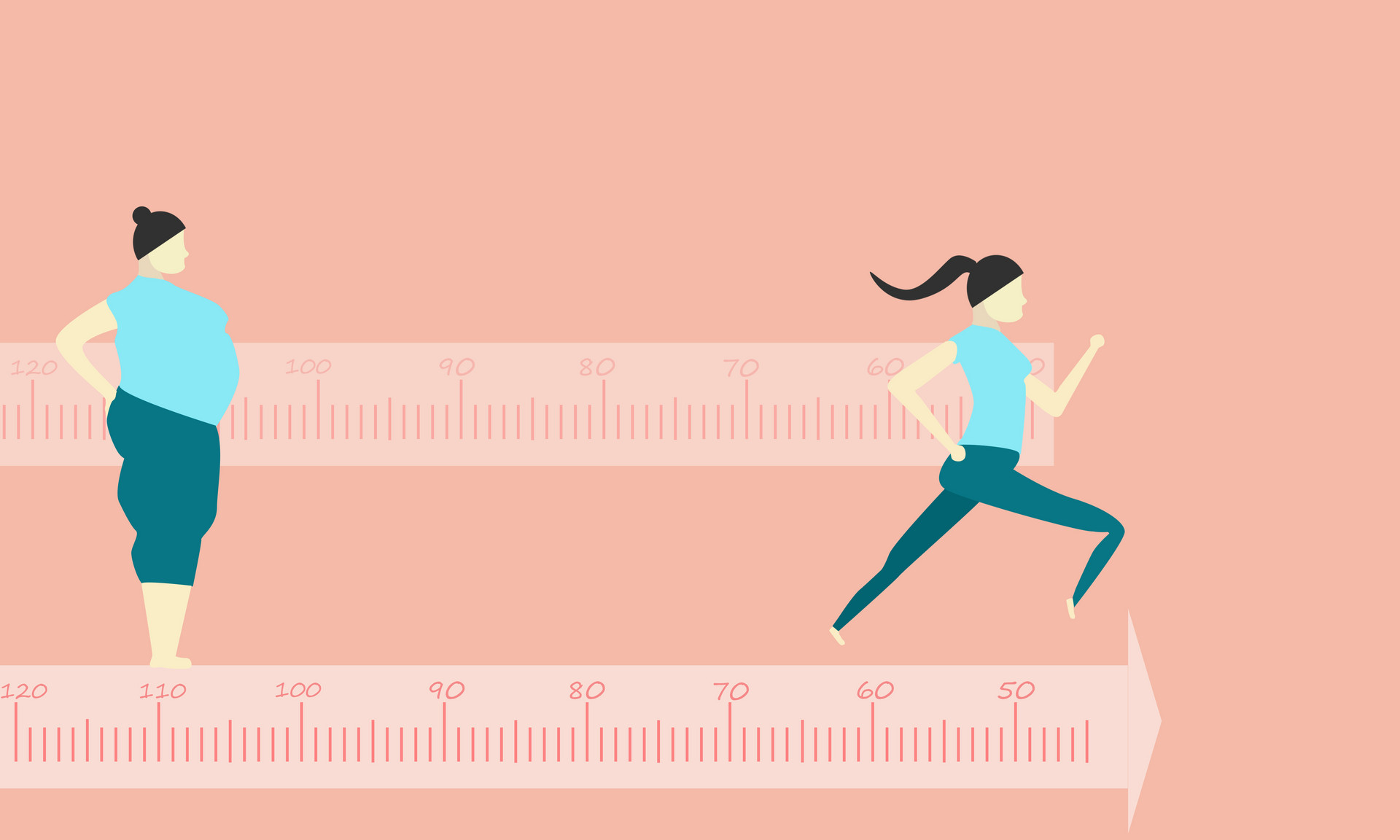Obesity refers to the excessive accumulation of body fat. Subcutaneous fat is called neutral fat, while fat distributed within cells exists in the form of cholesterol and phospholipids. In males, fat tends to accumulate in the abdomen, while in females, it tends to accumulate in the breasts, back, and upper thighs.
Fat can be divided into two categories: animal fat and plant fat. Animal fat generally contains saturated fatty acids, while plant fat mostly contains unsaturated fatty acids. High levels of saturated fat can cause an increase in blood lipids, while high levels of unsaturated fat can decrease cholesterol levels in the blood. Blood lipids include cholesterol, cholesterol ester, triglycerides, phospholipids, and non-esterified fatty acids.
In clinical practice, the levels of cholesterol and triglycerides are measured to reflect the level of blood lipids. There are two sources of blood lipids in the body. One is exogenous, which comes from food, such as soybean oil, peanut oil, and fatty meat. The other is endogenous, which is synthesized by the body through biochemical metabolism, such as triglycerides synthesized by the liver; cholesterol is mainly synthesized in tissues such as the liver, skin, and small intestine mucosa. The two sources of blood lipids are in a state of opposing balance in the body to maintain normal blood lipid levels. Once there is a metabolic abnormality in the body's fat, it may lead to high blood lipid levels and a series of pathological changes, such as atherosclerosis of the cerebral arteries, which can cause headaches, dizziness, syncope, mental decline, personality changes, and stroke; renal artery sclerosis can cause refractory hypertension and renal dysfunction; if the coronary arteries are affected, it is called coronary artery atherosclerotic heart disease (coronary heart disease for short).
By the age of 25, the body's growth and development have been completed, and after that, there should not be a significant increase in weight. Obesity can occur at any age, but it is more common in people over 40, especially in women after menopause. A small number of childhood and adolescent obesity cases are mostly related to genetics, excessive nutrition, and lifestyle habits. Obesity caused by diet is due to excessive intake and insufficient expenditure. People who engage in physical labor, even if they eat a lot, have a large amount of energy expenditure, so they will not gain weight. On the other hand, people who rarely participate in physical labor, even if they eat little, are prone to obesity due to low energy expenditure. The normal balance between the intake and expenditure of diet is maintained dynamically. When the regulation of the nervous and endocrine systems in the body is abnormal, the intake of food exceeds the body's expenditure, leading to obesity.
A moderate amount of fat is essential for human health, but excessive fat can cause a series of symptoms that hinder health. Due to the accumulation of a large amount of fat, the body's burden increases, and oxygen consumption increases by about 30-40% compared to normal, making the person feel hot and sweaty. The intestines of obese people are mostly raised, affecting respiration and blood circulation. Therefore, they are prone to fatigue, shortness of breath, and cannot tolerate heavy physical labor. They often experience dizziness, headaches, palpitations, abdominal distension, and lower limb edema. In extreme obesity, due to insufficient ventilation of alveoli, drowsiness can occur, and left ventricular hypertrophy can occur due to an increase in blood volume and cardiac output.
It is generally believed that the occurrence of coronary heart disease is related to cholesterol metabolism in the body, especially in middle-aged and older people. Due to changes in endocrine and lipid metabolism disorders, combined with factors such as excessive mental stress, hypertension, obesity, and reduced activity, the body's automatic regulatory function becomes disrupted. As a result, there is an increase in cholesterol intake, and the synthesis of cholesterol in the body does not decrease, resulting in an increase in the cholesterol content in the blood and gradual deposition on the walls of the coronary arteries, narrowing the lumen and thickening the walls, leading to coronary atherosclerosis.
Obese individuals are prone to diseases such as hypertension, atherosclerosis, diabetes, pancreatitis, and cholelithiasis, which are also the most important causes of high blood lipid levels. Therefore, controlling obesity has become a measure to prevent high blood lipid levels.
The main method of preventing and treating obesity is to control food intake appropriately, especially limiting high-fat and high-sugar diets. In addition, regular participation in moderate physical labor and exercise is highly beneficial, especially during the growth and development period of children, postpartum period of women, menopause period, middle-aged and older men, post-illness recovery period, and individuals with a family history of obesity, attention should be paid.
In order to alleviate the hunger caused by controlling diet, the method of eating small and frequent meals can be adopted, and vegetables or fruits can be added to the diet to ensure satiety.












